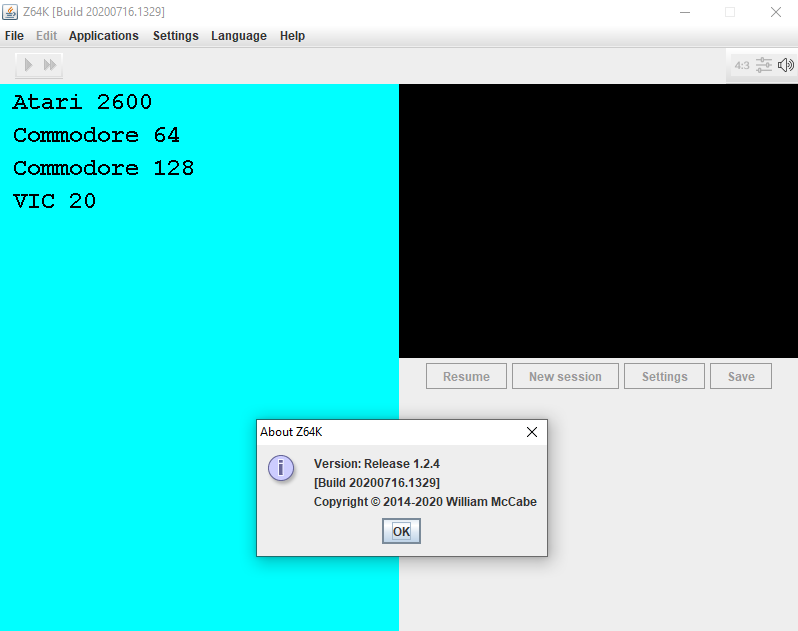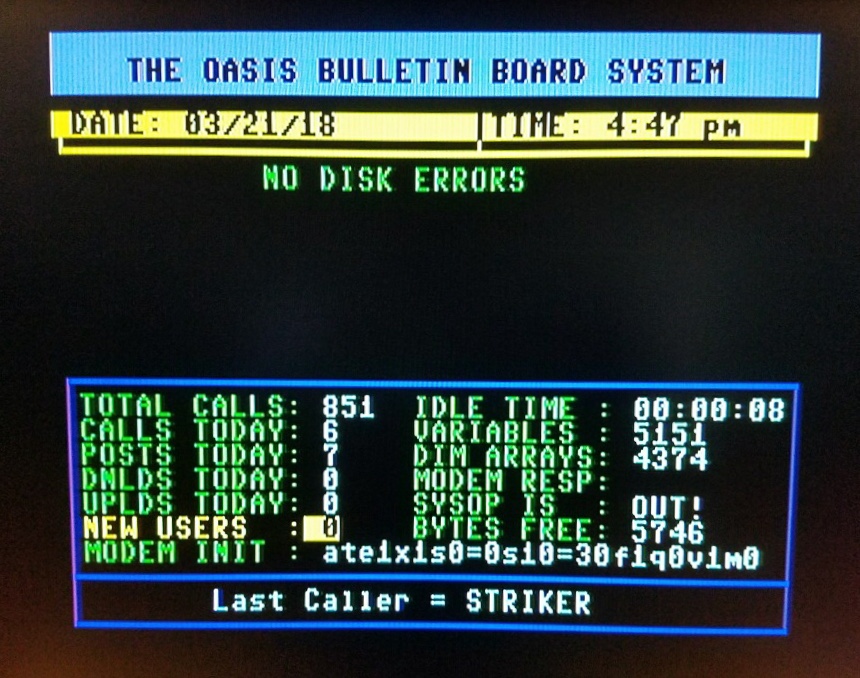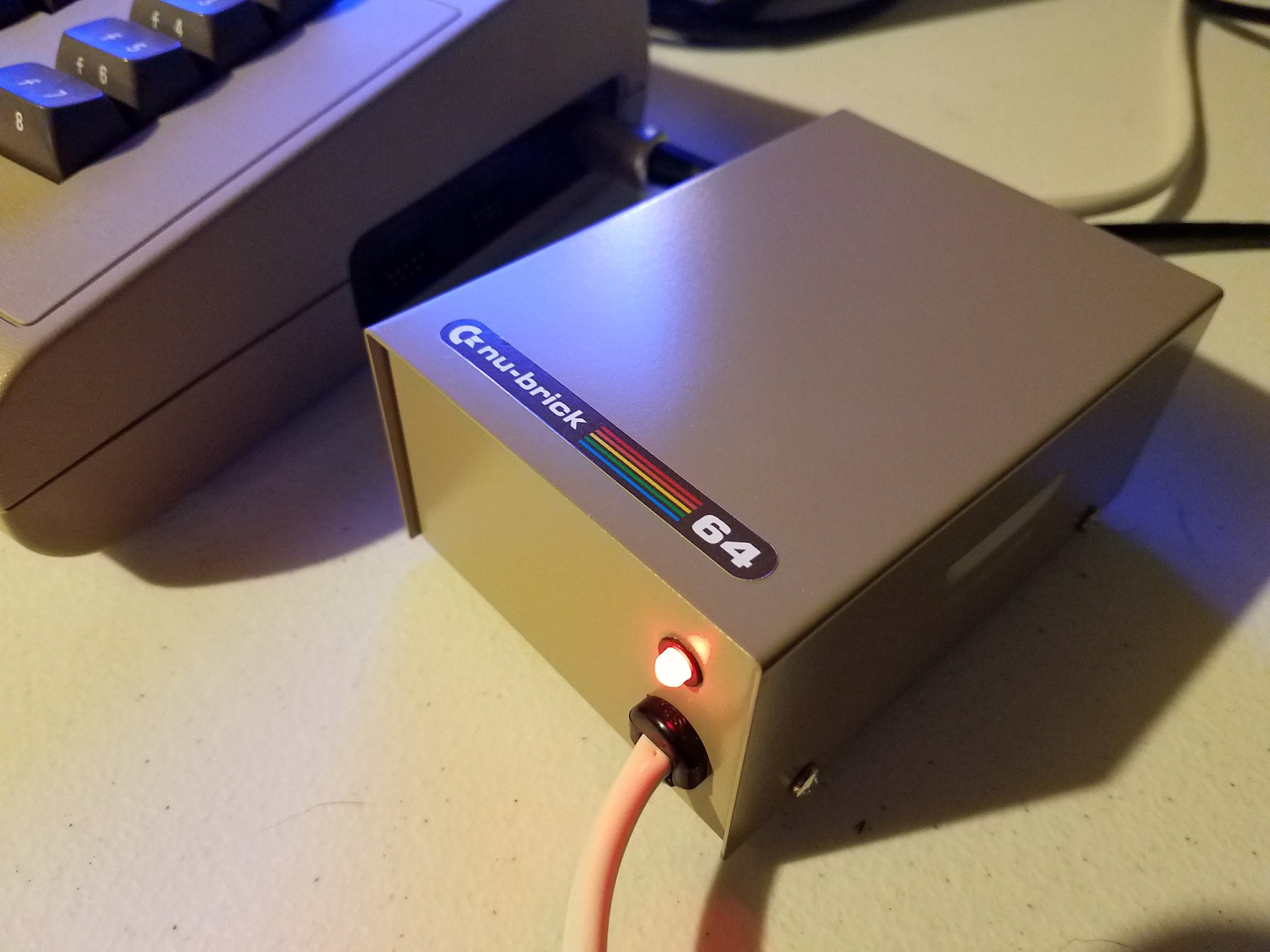Z64K version 2 receives another round of precision updates thanks to developer William McCabe, who’s been steadily refining the emulator since early May. With a focus on Commodore 8-bit systems, Z64K version 2 now boasts broader cartridge compatibility, improved timing accuracy, and advanced SID chip options, making it one of the most feature-complete tools for retro computing enthusiasts.
From support for eight SID chips to nuanced timing fixes across VIC-II, REU, and VDC subsystems, Z64K version 2 continues to set a high bar. There’s now working drag-and-drop support for Atari 2600 cartridges, while C128 and C64 model settings can be preserved between sessions.
Expanded SID and Cartridge Support
One of the headline additions in Z64K version 2 is support for up to eight simultaneous SID chips. The emulator now runs “The Tuneful Eight” at full speed on modern systems without glitches. Users can configure stereo or multi-SID setups directly through machine settings or launch them via the command line.
Alongside SID expansion, McCabe has extended cartridge format support, adding compatibility for Action Replay 2–4, Super Snapshot V4 and V5, Snapshot64, GMOD2, and others. Custom ROMs for VIC-20 and updated ROM selectors for C128 are now handled properly, with NTSC/PAL toggling fixed.
Stability and Accuracy Fixes
McCabe has also addressed several fatal errors reported in VIC-20 and C128 emulation. From IRQ timing for the 1571 drive to REU stuck-bit fixes, many updates ensure Z64K remains compatible with the VICE test repository. Improvements to CPM cartridge debugging, REU DMA behavior, and CIA SDR timing have all been verified against established test programs.
Screen rendering updates now allow paused emulation to reflect real-time screen attributes. When in machine monitor mode, users can see the raster beam position, helping with demo coding and performance analysis.
User-Focused Improvements
Z64K version 2 includes more customization options: joystick remapping, 8-bit DAC support via user port, and international language settings. The SID player has also been refined with working pause/play toggles and HVSC songlength.md5 support.
ROM revisions can be toggled for C128, and snapshot captures now include cartridge images. There’s even improved command-line control over SID models—such as correctly selecting the 8580 engine on startup.








